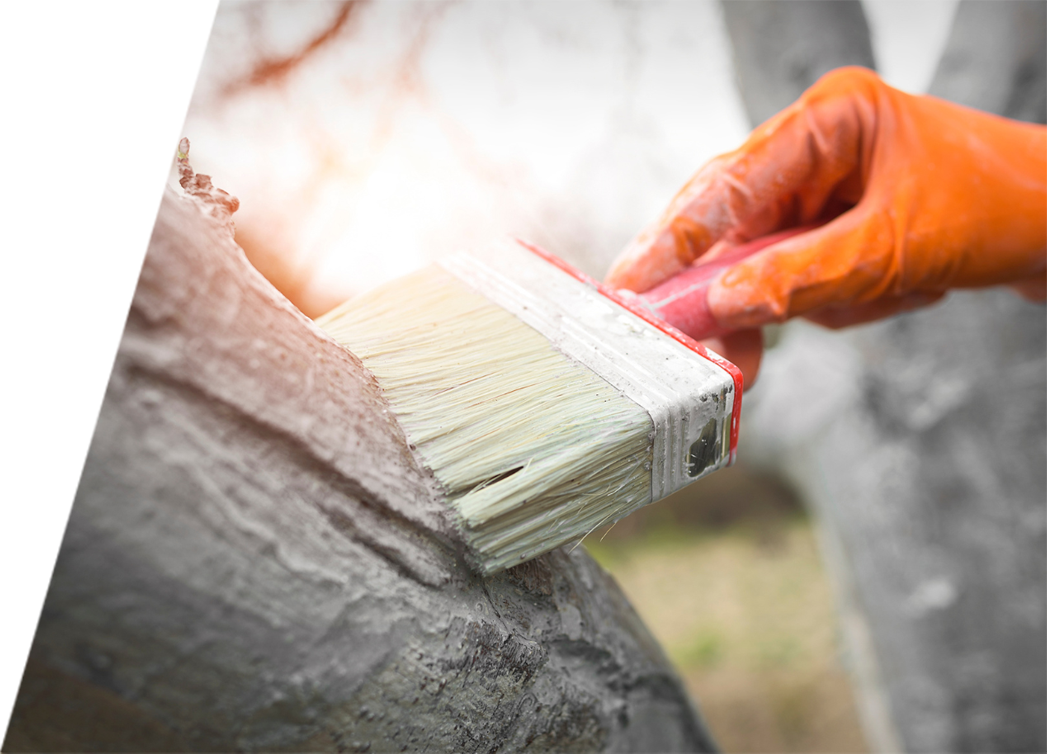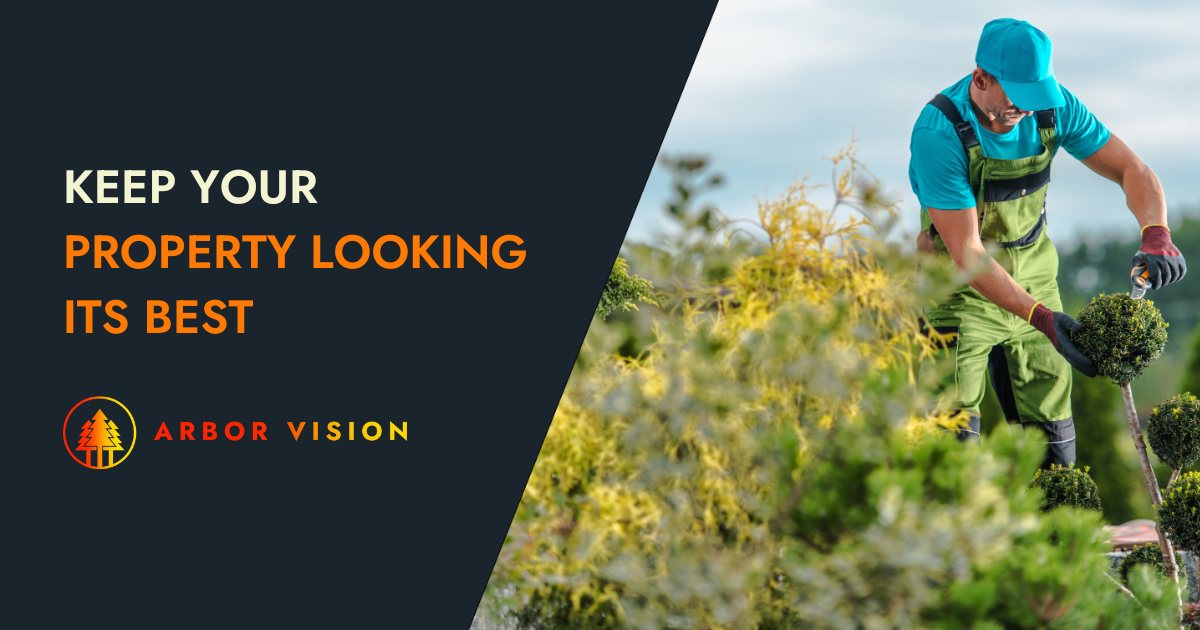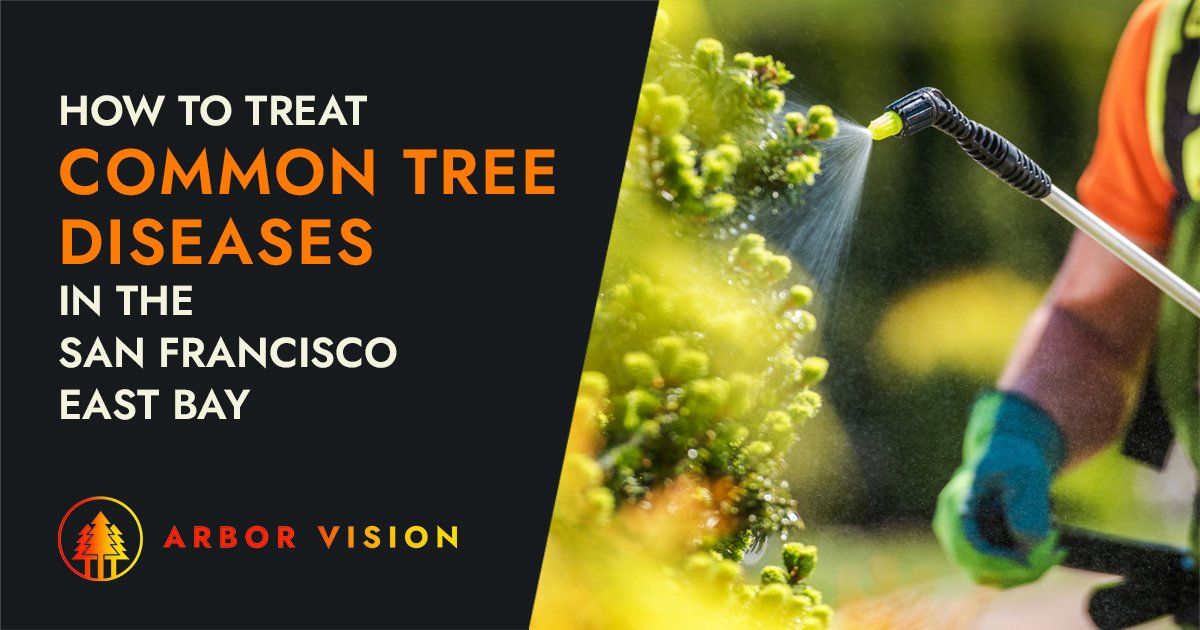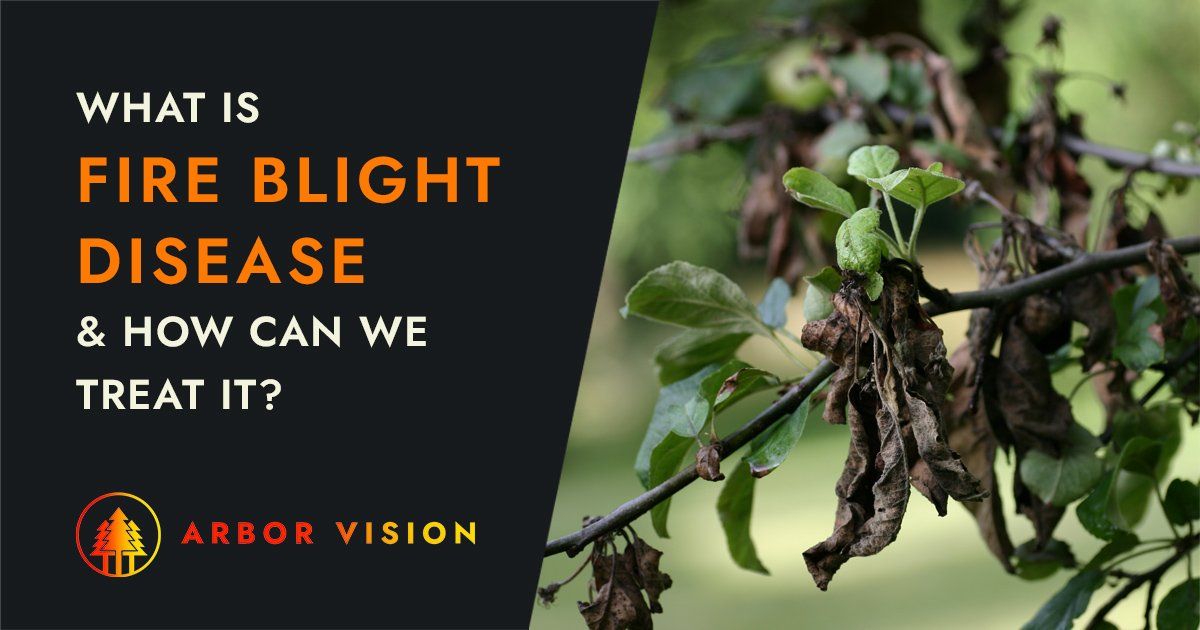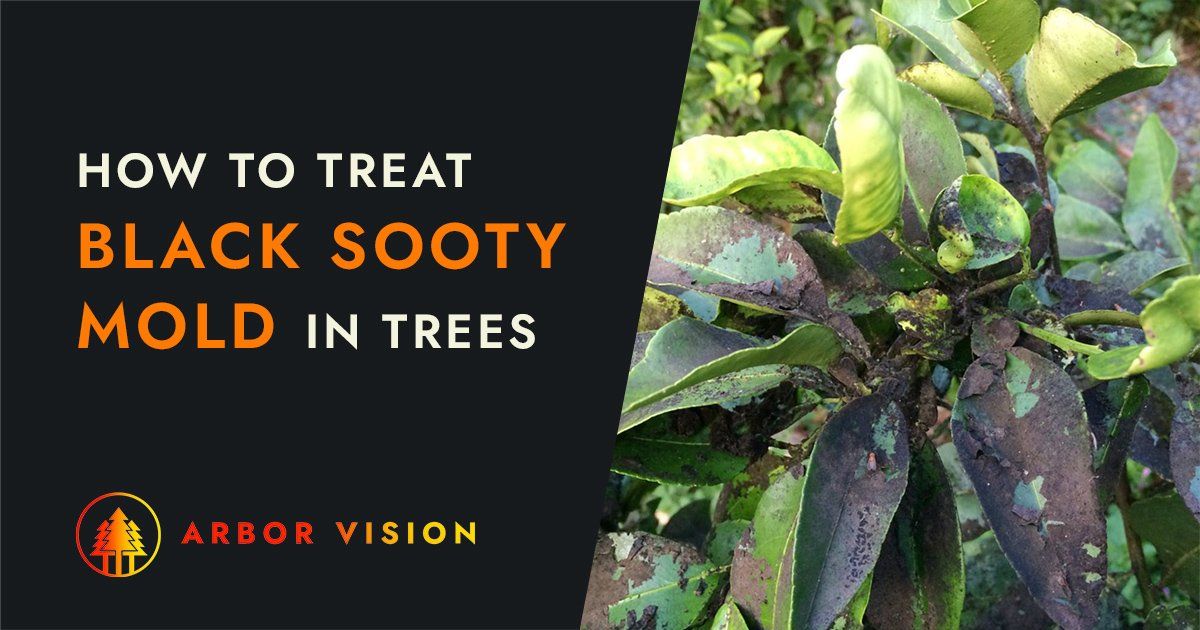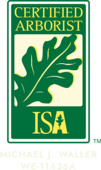Share this page:
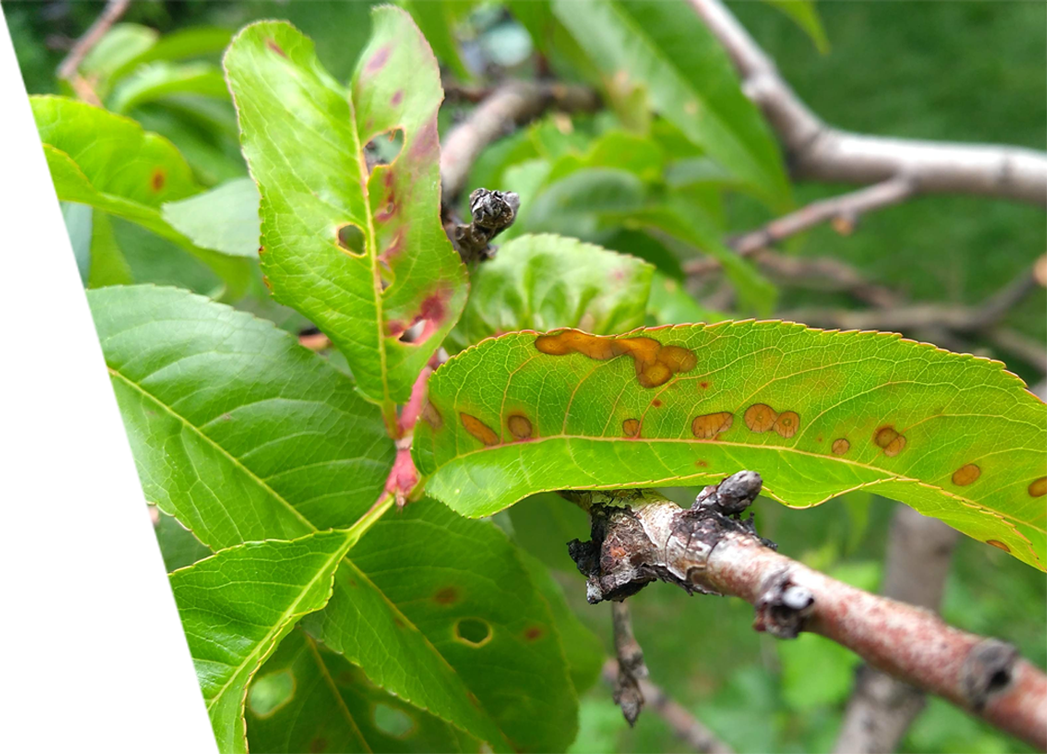
If you live within the greater San Francisco East Bay region and you own certain types of trees, shot hole disease is a disease that you should familiarize yourself with. This tree disease, called Coryneum blight, is problematic in the greater San Francisco region due to its warm yet wet winters. Additionally, urban pollutants, such as smog, can exasperate the condition.
Unfortunately, though Coryneum blight is common in the bay area, many residents still have no idea how to identify the disease on their tree and how to treat it. Read on to learn more about shot hole fungus and how
tree treatment services
can assist with this disease.
What types of trees are susceptible to shot hole disease?
Stone fruit trees and almond trees are prone to shot hole disease. The fungal pathogen that causes shot hole disease, Wilsonomyces coprophilous, affects the Prunus genera family of plants. The most common stone fruit trees affected by this disease include apricot, peach, nectarine, plum, prune, and cherry trees. It is important to note that both these trees' ornamental and edible varieties are vulnerable to shot hole disease infection.
What are the symptoms of shot hole disease?
Shot hole disease was named because it is a tree disease with holes that mimic shotgun holes. The disease is most recognizable based on the bb-sized holes that it creates in the leaves of the plants that it affects. The disease first appears as small red or reddish-purple-hued holes on the leaves of an infected tree. As the disease progresses, the holes grow larger and turn red to purple.
The purple spot may have a white center. As the disease progresses, these spots start to fall away from the leaf, leaving behind what appears to be a shotgun hole. Numerous holes in the leaves make them look tattered as the spots start to fall away from them.
In addition to leaving behind small holes in the leaves of the trees, the disease also creates rough areas on the fruit, which look like scab-like spots on the fruit's exterior. These scabs can cause the fruit's skin to crack open and ooze.
How is shot hole disease transmitted?
Shot hole disease is transmitted in a few different ways. The most common way that this fungus is spread is through the wind. The spores associated with the shot hole fungus can be spread from infected leaves to uninfected trees when windy. On top of this, rain or water that falls above the tree can spread the spores from infected fruit and leaves to unaffected trees. Infections are more likely to happen during the spring, summer, and fall months and are less likely to happen during the winter months. This is because the fungus is typically dormant in the winter months or when temperatures dip below 36 degrees Fahrenheit.
How is shot hole disease treated?
Shot hole disease is caused by a fungus. As such, the fungus needs to be treated to stop the infection. Fungicide treatment, including the Bordeaux mixture, copper fungicides, and synthetic fungicides, such as chlorothalonil, are applied. Multiple treatments may be needed depending on the severity of the disease, the weather conditions where you live, and whether the tree is in an orchard with other affected trees. Depending on your infection's circumstances, these treatments may be completed in the fall or late winter. Additionally, action should be taken to help minimize the fungus spread. A
tree care professional
can help determine the best shot hole fungus treatment for your tree or orchard.
What are the outcomes of shot hole disease treatment?
When you take action to eradicate shot hole disease and take steps to help prevent the spread of the fungus, you can successfully remove the disease from the tree. It may take a few growing cycles to ensure that the tree is free of shot-hole fungus. It is also important to note that while you can remove the disease from the tree, your specific tree may need extra nutrients to recover fully. A tree care professional can determine what your tree may need to thrive and grow as it recovers from shot hole disease.
What are the outcomes without shot hole disease treatment?
If you fail to treat shot hole disease, the disease can quickly take over your tree. It can affect existing leaves, budding leaves, and twigs and branches. If your plant produces fruit, the amount of viable fruit that can be produced will drastically decrease. For example, an almond tree infected with shot hole fungus can experience a 50 to 75 percent decrease in the number of viable almonds the tree produces. While the disease can make a tree look unhealthy, it is essential to note that the fungus cannot kill an otherwise healthy tree.
How to prevent the spread of shot hole fungus?
Shot hole fungus control can minimize the chances of the disease spreading if it is already present in your space or can minimize the chances of the disease spreading into your space if your trees are not already infected. Shot hole fungus needs moisture to grow. It would help if you minimized your foliage getting wet and remaining wet by using drip irrigation, low-volume sprinkles, or sprinkler deflectors. It would be best if you also pruned off the tree's lower branches to ensure air can flow and your branches can dry after it rains.
If your trees are already infected, you should prune and remove any infected plant tissue, including leaf buds, fruit buds, leaves, twigs, and fruit, as soon as they show signs of disease. The removed items should be disposed of away from your other plants and in a container to prevent the fungus spores from blowing off to other areas on a windy day.
Do You Have a Tree With Signs of Shot Hole Disease?
If you have a tree, such as a cherry tree or almond tree, that may be showing signs and symptoms of shot hole fungus; it is essential to get the tree treatment as soon as possible. Fast treatment can be the key to stopping the spread of the disease on the infected tree and helping prevent it from spreading to other trees.
Here at Arbor Vision, Inc., serving Alameda County, Contra Costa County, San Jose, Milpitas, and the surrounding areas, we offer tree treatment services to help treat fungus and diseases in your trees.
Reach out
to us today if you suspect you have one or more trees that need shot hole fungus treatment.
Share this page:
